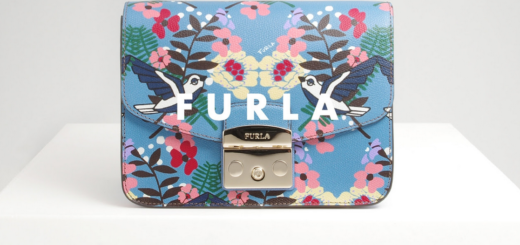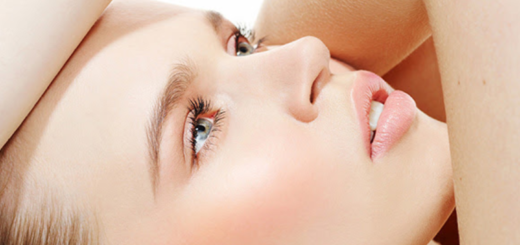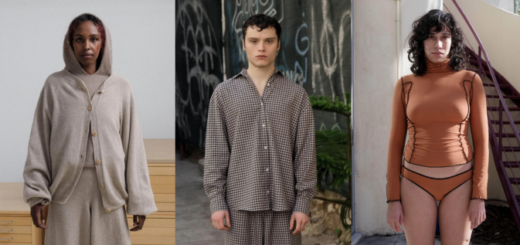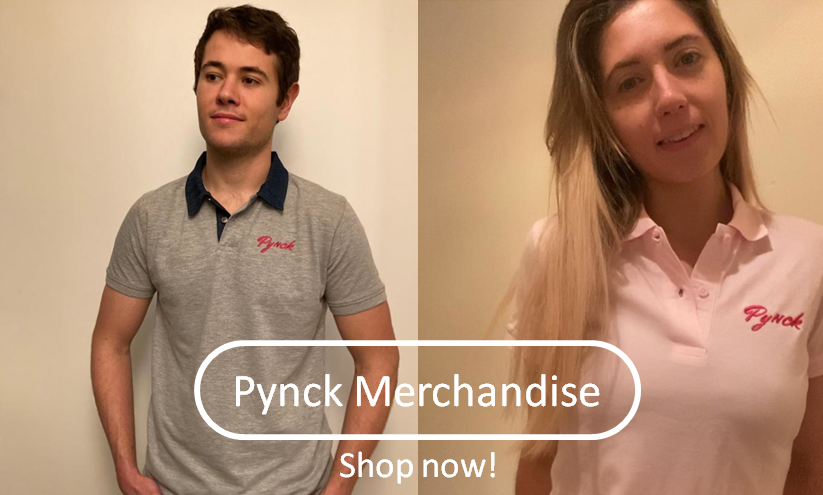Curly Hair Transformations
Lockdown has prompted us to rethink our routines. As many of us have lost the structure of a social calendar or heading into work each day, making decisions about how we want to look and dress at home feels a lot more self-directed. We have seen people prioritizing skincare over make-up, or making fashion choices based primarily on comfort. Women are offloading their high heels or forgoing hair dye and letting their grey roots grow out. In the before time, it would not have been uncommon for many women to be in the routine of straightening their hair every day—or regularly frequenting the salon for a blow-dry. With the pressure off, hairdressers closed, and more time to experiment, some people are feeling encouraged to embrace their natural hair texture. Enter the Curly Girl Method, which followers call a ‘journey’ to reviving your natural hair. The Curly Girl Method is indebted to generations of knowledge from the Black community, who have long cultivated haircare techniques for textured hair, not only for aesthetics, but as an expression of community, identity, familial bonds and political resistance. The Curly Girl Method appears to have been created without this deep connection, but borrows many of the same principles and techniques. On the internet, it has taken on a life of its own.

There are now hundreds of blogs dedicated to the method. There are Facebook groups, Reddit communities, and literally thousands of Instagram accounts about curly hair. Social media is full of ‘curly influencers’ and people sharing their progress pictures as they go, inspiring the weary to ‘keep going.’ There is certainly an evangelical quality, as people are brought together by horror stories of previous damage they did to their hair and the magic of some ‘discovering’ their hair is curly for the first time. This kind of ‘discovering my natural hair’ content has gone especially viral on TikTok this year and prompted millions follow-up tutorial videos. And, the lockdown has been a time for all sorts of discoveries indeed. Like the sourdough trend, the Curly Girl Method is simple(ish) in its most basic description, but can be dauntingly complicated for someone giving it their first try. There are now bar-code scanning apps to help people automatically sort through which products are ‘Curly Girl Approved.’ Influencers play a large educational role in breaking down the technical details of curly hair like ‘curl type’ (which ranges from 2a to 4c) and hair ‘porosity.’ They also bring newbies onboard with the lingo of techniques such as ‘squish to condish’, ‘plopping,’ and getting a ‘cast.’ While this all began as a niche internet community, the hype has officially gravitated to the mainstream as many media companies and beauty publications have begun to cover it.
Brands have also noticed, hoping to capitalise on the inevitable trial and error of product testing new ‘curlies’ are likely to undergo. Retailers like Boots have steadily increased stock of products for textured hair, even offering online customers tailored shopping based on their curl pattern. Large haircare brands like Pantene, Suave, and Dove, have branched out into more product lines for curls. Scalp care, a pillar in any good curly hair routine, is set to be one of 2021’s biggest haircare trends. The outpouring of public interest to support Black-owned businesses, spurred by the summer’s social justice momentum, has also increased the number of Black-owned haircare brands being offered in major retailers. Today a person with textured hair has more choice than ever. The enthusiasm for the Curly Girl Method is a great case study in the power of online communities in amplifying trends. Over the pandemic, social media is playing an even bigger role in many people’s lives, meaning its ability to influence behaviour offline is intensified. It is crucial that brands be present where the action is happening.




